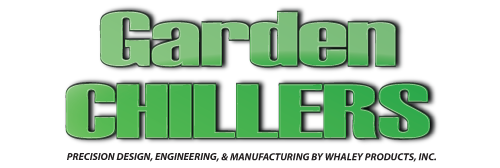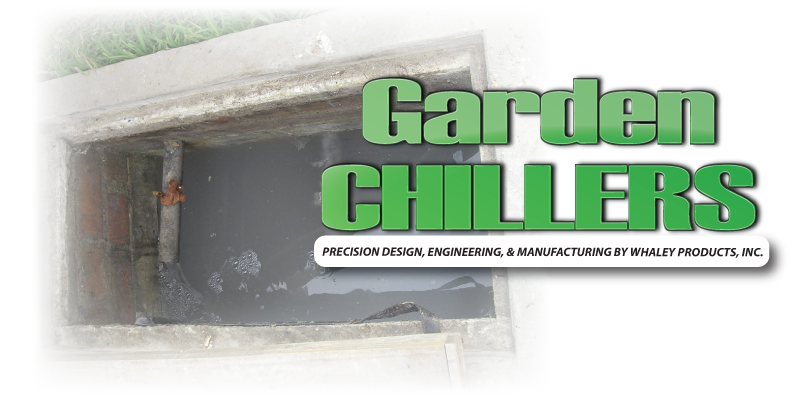Reusing Water
Grey water, is gently used water from washing machines, dishes, showers, or baths. Grey water has not been contaminated with any type of toilet water, or diaper use. Grey water can contain traces of dirt, food, grease and cleaning products. This type of water can be used to irrigate grass or decorative plants. Grey water irrigation should use a trickle or drip irrigation. Grey water can be used to hydrate edible plants. Vegetables and fruit trees can use grey water as long as it doesn’t touch edible parts of the plant. Greywater should not be used on raw tubers like carrots, or potatoes, if eaten raw. By reusing greywater for irrigation, it does not pollute other forms of water like rivers, lakes, or streams.
Untreated water, like run off water from a garden can carry a variety of diseases and heavy metals that are harmful upon consumption. To treat water on a macro scale, for consumption many different steps are used.
Community water treatments uses a variety of steps to make sure drinking water is safe. The first steps allow for chemicals to be added to a water. These steps are called coagulation and flocculation water. The chemicals hold a positive charge and neutralize the negative charges found in dirt or other particles. The particles bind and will form lager particles. These are called floc. Sedimentation occurs when floc settles to the bottom. Filtration occurs when clear water on top passes through filters of varying composition. Filters vary by size, and porosity. Some materials are sand, dust, pebbles, rocks, grave and charcoal. Disinfection is the last step of treating community water. Disinfection uses chemicals such as chlorine, or chloramine to kill parasites, bacteria and viruses. This prevents water to acquire any organic containments as it is piped.

